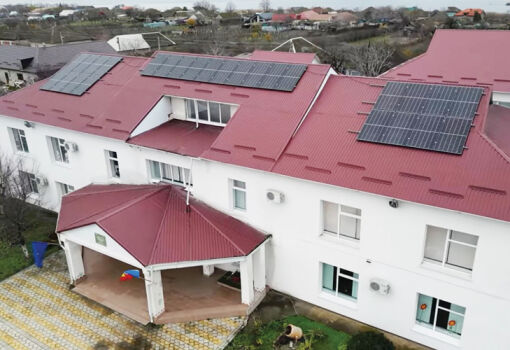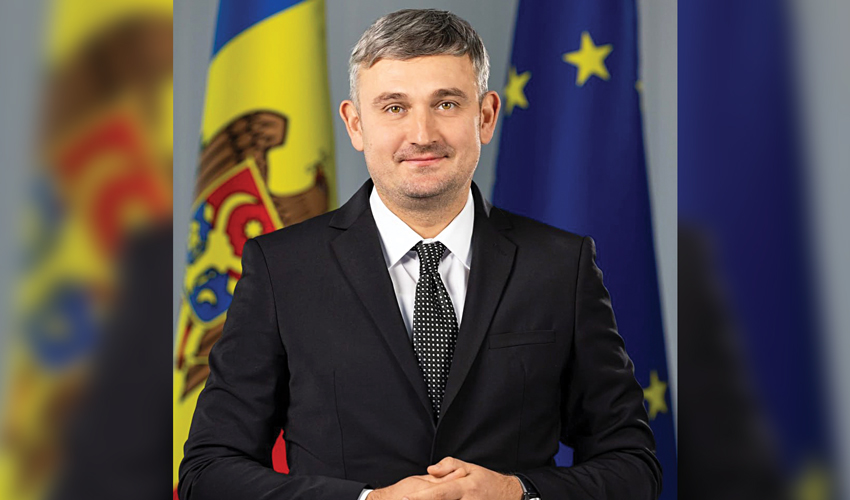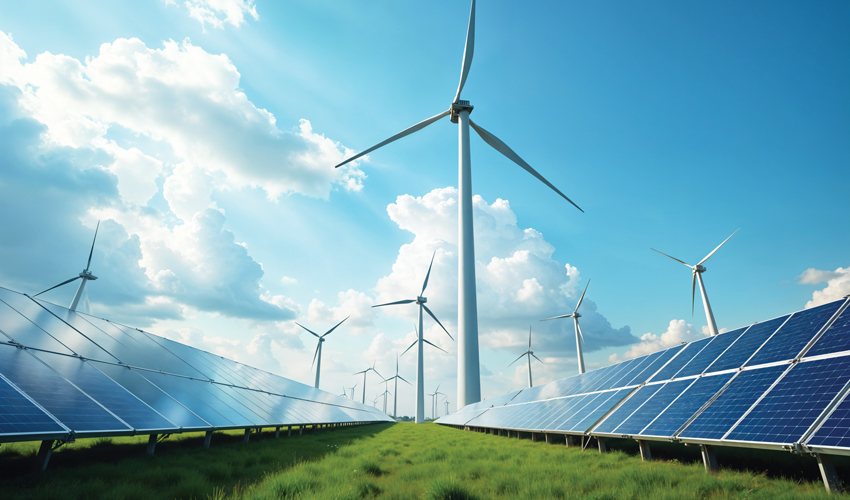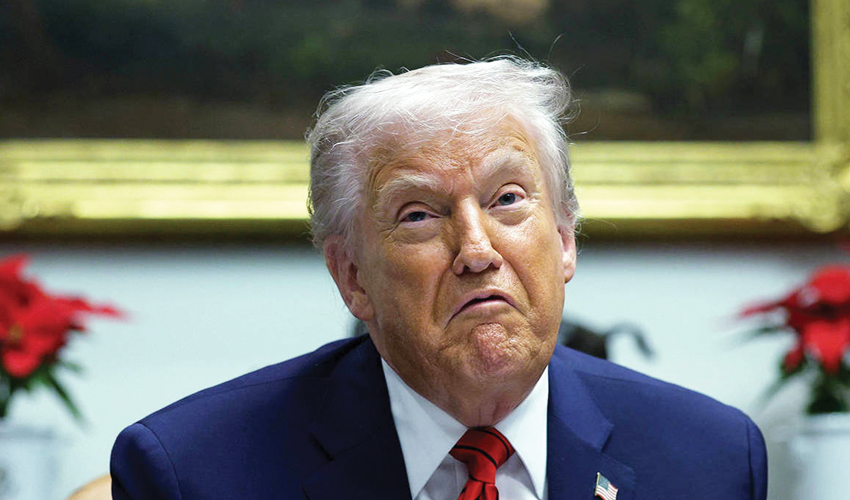
Eugene Buzatu, Acting Director of Energocom
Premier Energy, which serves end-users in the central and southern regions of the country, proposes to reduce the tariff from 4.1 lei per kWh to 3.93 lei (by 4.15%). FEE Nord in the northern region of Moldova proposed a reduction from 4.68 lei per kWh to 4.22 lei (by 9.8%).
Premier Energy’s letter to the agency notes that the company provides its calculations on the adjustment of tariffs for regulated electricity in response to ANRE’s request of June 18, 2025. Thus, it can be assumed that Premier Energy’s and FEE Nord’s statements on tariff reduction are a forced response of suppliers to the agency’s initiative.
It should be recalled that just a few months ago, in January 2025, ANRE approved a sharp increase in the tariff. For Premier Energy customers, there was an increase from 2.34 lei per kWh to 4.1 lei (by 75%). For FEE Nord, the tariff went up from 2.84 lei per kWh to 4.68 lei (by 65%). The jump is very significant and obviously there were arguments for it at the time. The main reason is well known: since January 1, natural gas supplies to the Moldavskaya GRES (Transnistria) stopped, and official Chisinau stopped buying relatively cheap electricity from this plant and switched to imports from Romania.
In January-February 2025, Moldova’s external electricity supplies were provided by imports from Romania at an average price of 133 euros per MWh. At the same time, an emergency decree of the Romanian government was in force, according to which Moldova could purchase part of its electricity at a price of 400 Romanian lei (about 80 euros per MWh). Also, the EU allocated €151 million to Moldova to partially mitigate the increase in electricity prices. Compensations are paid from February through December to all households in the country, but not for all electricity consumed, but for the first 110 kWh for the month (that’s minus 193.6 lei).
Centralized purchases of electricity from Romania and from local power plants in Chisinau and Balti are carried out by the state-owned Energocom. According to the company’s report for June 2025, the average price of purchased electricity amounted to 109.92 euros per MWh. The share of imports from Romania is 70.68%, from local producers – 29.35%.
As is known, as of July 1, 2025, Romania has fully liberalized its electricity market. In practice, this means the end of regulated prices and consumer protection. Restrictions on the level of electricity prices are canceled, prices will be dictated by the market. The Romanian press writes that full liberalization will lead to higher light tariffs for consumers in Romania and Moldova, which in recent months has received the most imported electricity from across the Prut River.
On the eve of July 1, the acting director of Energocom, Eugeniu Buzatu, explained, “Due to the fact that Romania integrated us into its market, producers were obliged to sell us electricity at a fixed price of 400 lei per MWh. As of July, we will no longer be able to receive electricity at fixed prices and will reorient ourselves to market conditions”.
Summarizing all this, independent experts are perplexed. What happens: Romanian experts warn about the imminent increase of tariffs in Romania and Moldova; prices for imports to Moldova will become market-based, and therefore higher; they do not want to return to the purchase of cheap electricity from GRES in Cuciurgani. It is logical to assume that the tariff for Moldovan consumers should increase. However, the opposite is happening, ANRE is preparing to reduce tariffs. Why suddenly? As they say in such cases, “the ends do not match”.
The picture became clearer after the information appeared that on July 8, 2025 between the Ministry of Finance of Moldova and EBRD was signed an agreement on state guarantee for a loan to Energocom. The amount of the loan is up to 400 million euros. Having received these funds, Energocom will be able to supply natural gas and electricity (at market prices) during the 2025-2026 cold season.
The purpose of the loan is to ensure uninterrupted fulfillment of obligations to provide utility services to end consumers in Moldova. The same independent experts assume that by using loan funds it will be possible to keep or even reduce tariffs for the population for some time. However, there is a reverse side of this “medal”. According to unofficial sources, the EBRD interest rate will amount to 3.05% per year of the total amount of the loan. It turns out to be about 12 million euros annually. And sooner or later the loan money will have to be paid back. From what sources?













